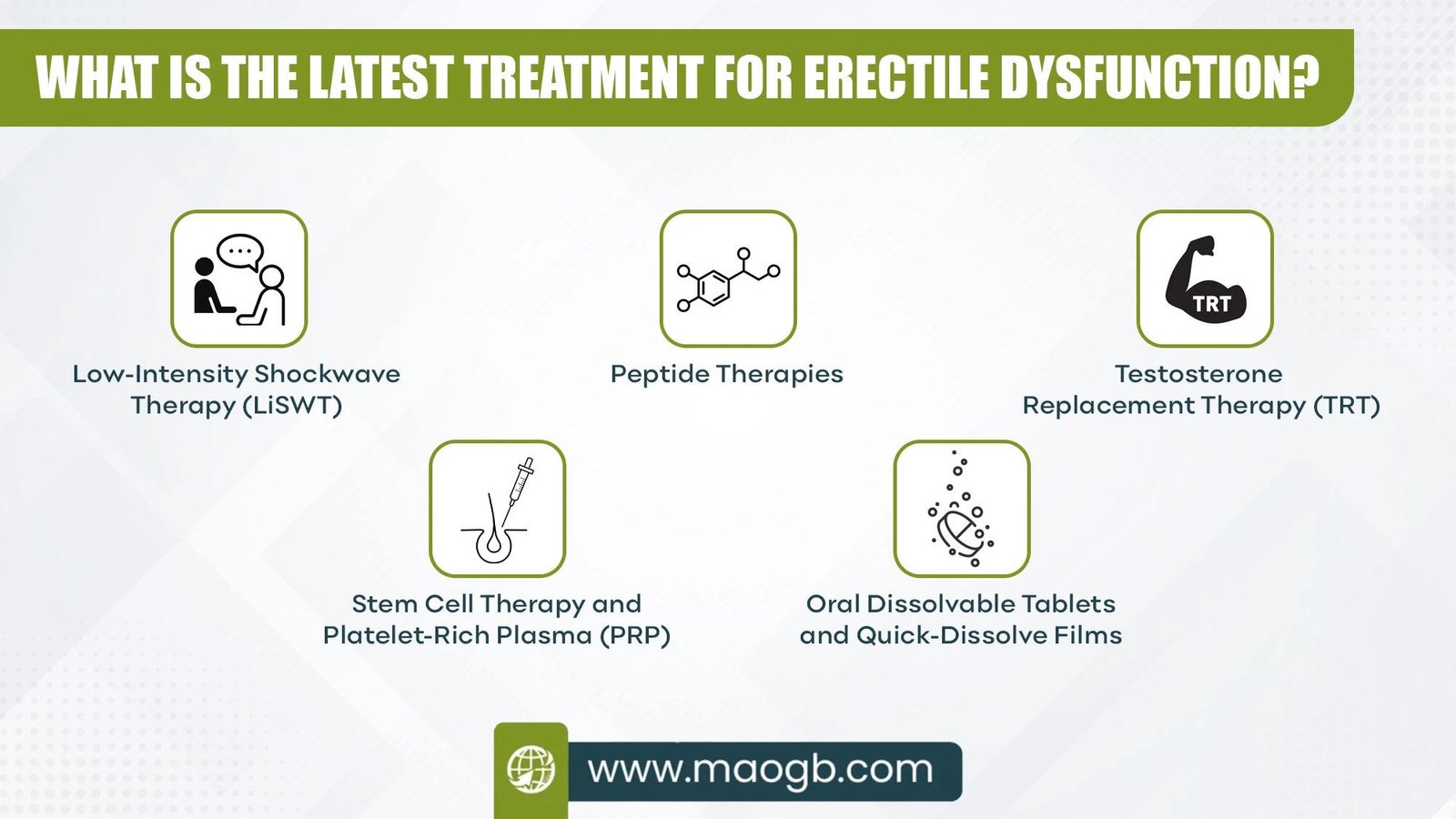Got your
#Labubu, yet? Until you get your hands on one of those creepy but adorably cute monsters, come on Prinxy and discover the wild and whimsical world of Labubu Games! From dress up and coloring to puzzle challenges and character creators, Labubu games are packed with quirky fun, unique characters, and endless creativity. Whether you're styling, merging, or just playing for laughs, these games are perfect for fans of cute chaos and offbeat adventures.
Play here:
https://prinxy.app/t/labubu/ #labubugames #lafufu #freegames #freeonlinegames #girlgames #foryouGot your #Labubu, yet? Until you get your hands on one of those creepy but adorably cute monsters, come on Prinxy and discover the wild and whimsical world of Labubu Games! From dress up and coloring to puzzle challenges and character creators, Labubu games are packed with quirky fun, unique characters, and endless creativity. Whether you're styling, merging, or just playing for laughs, these games are perfect for fans of cute chaos and offbeat adventures.
Play here: https://prinxy.app/t/labubu/
#labubugames #lafufu #freegames #freeonlinegames #girlgames #foryou


















